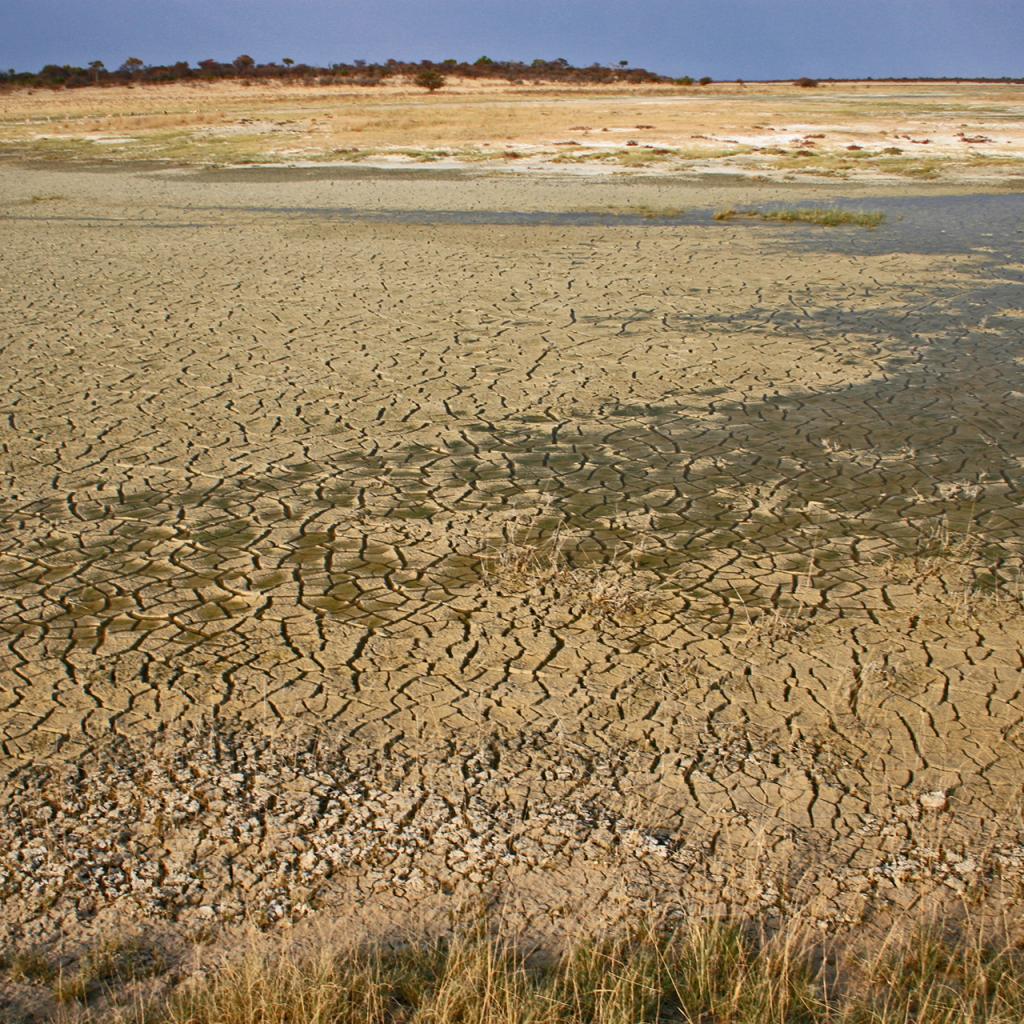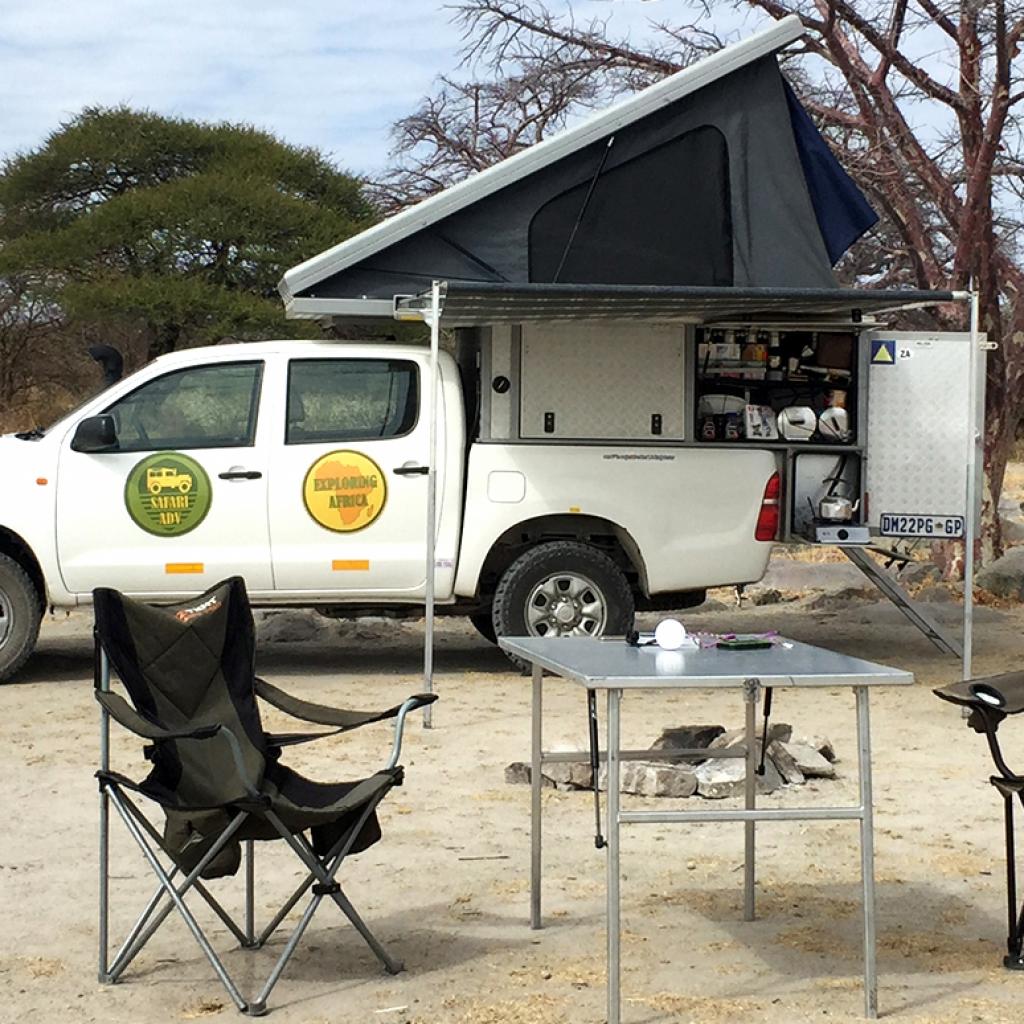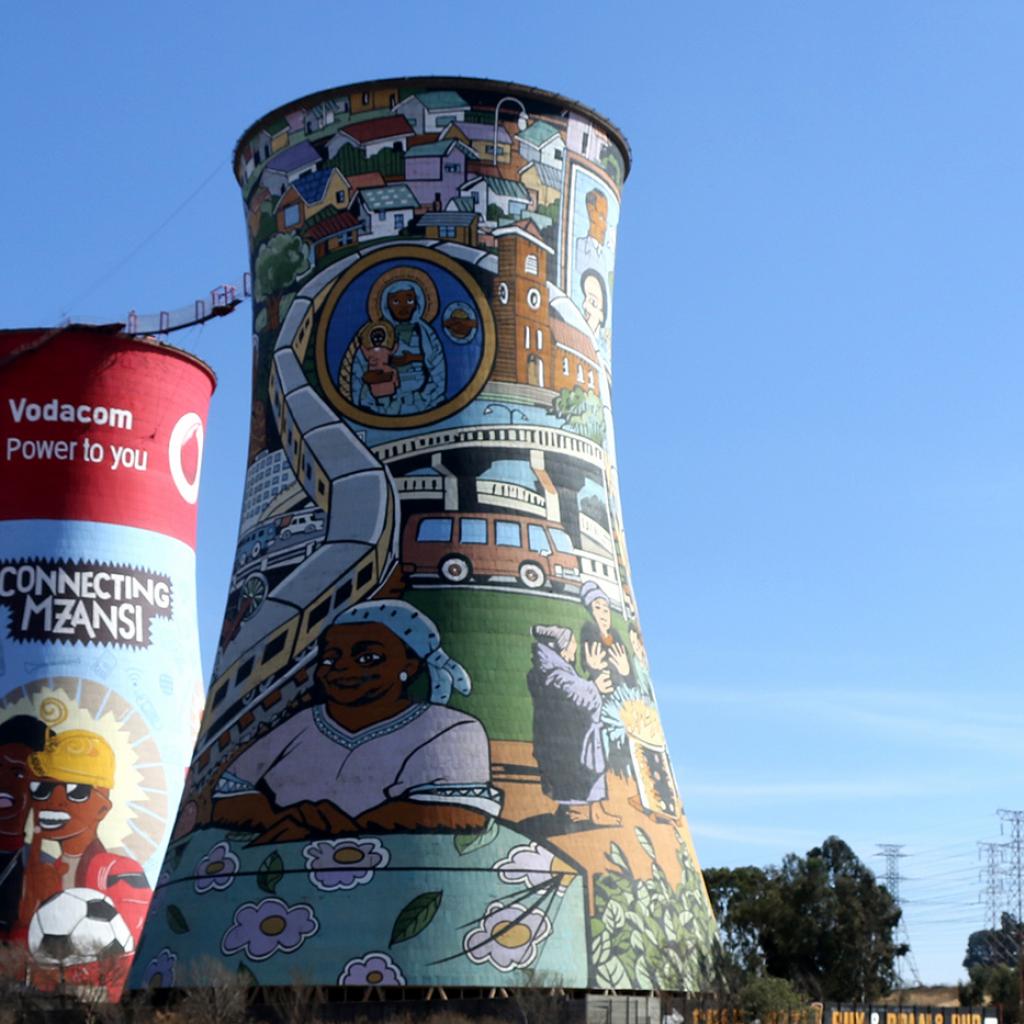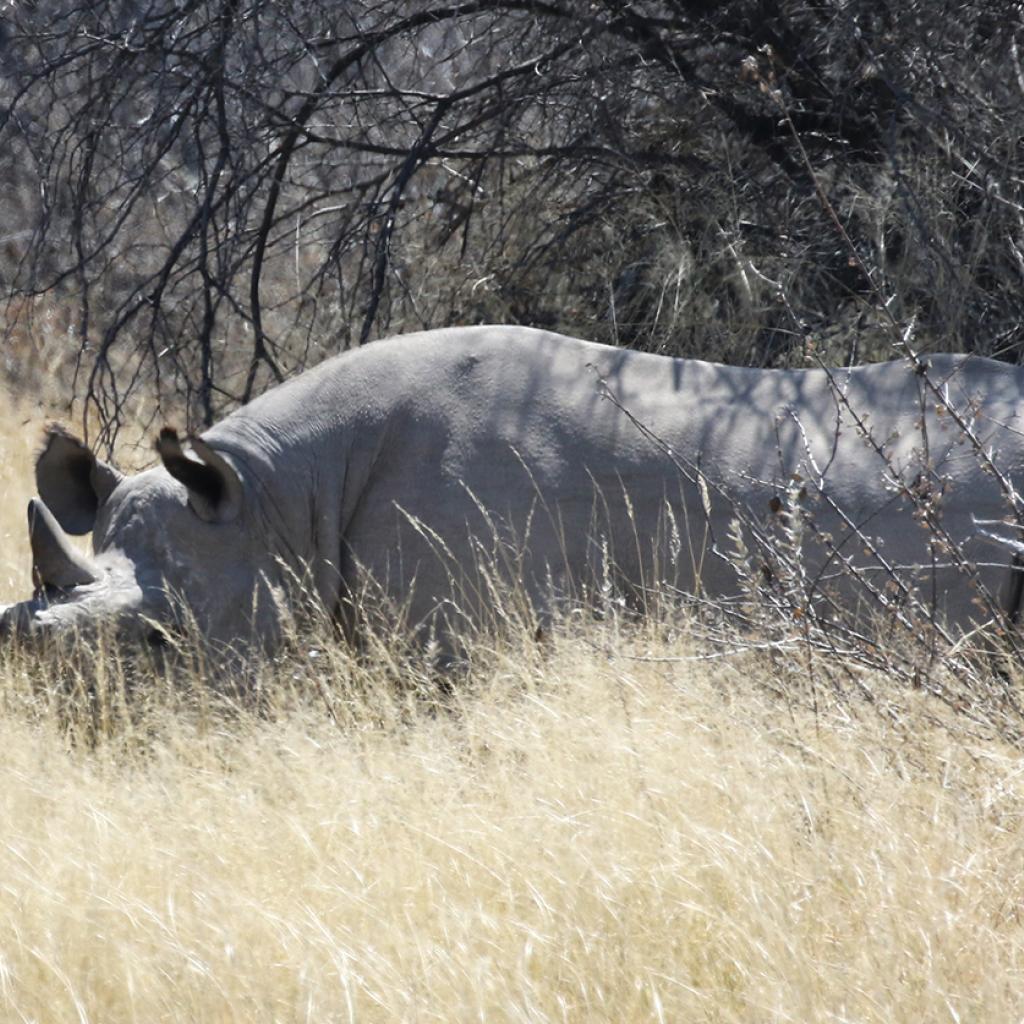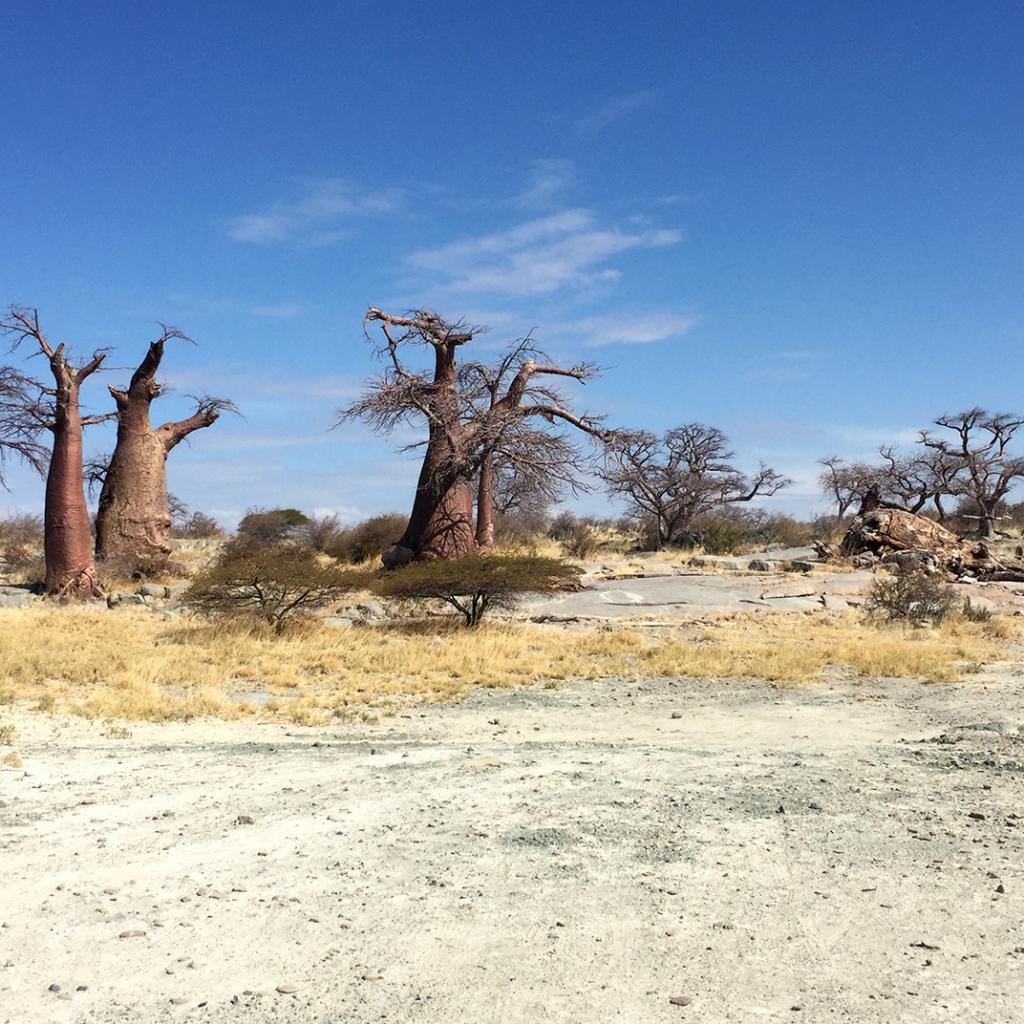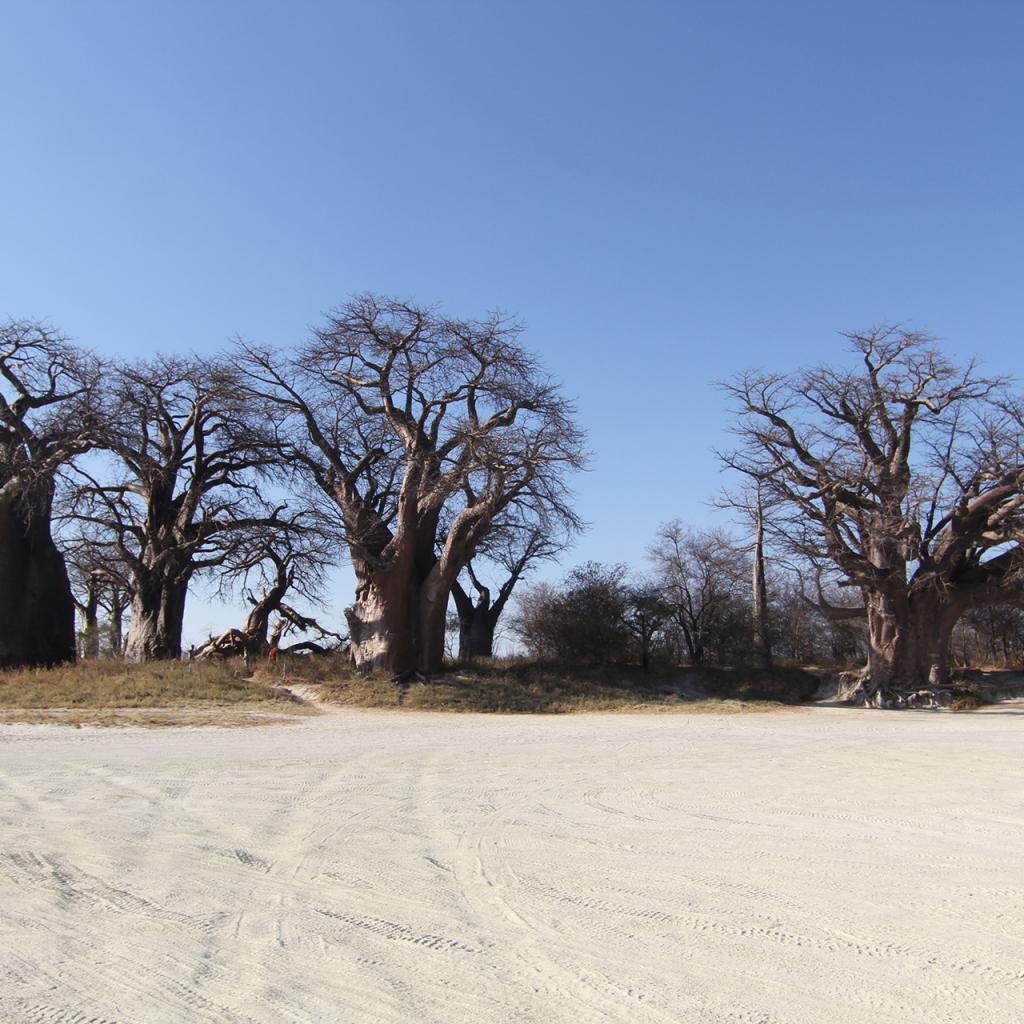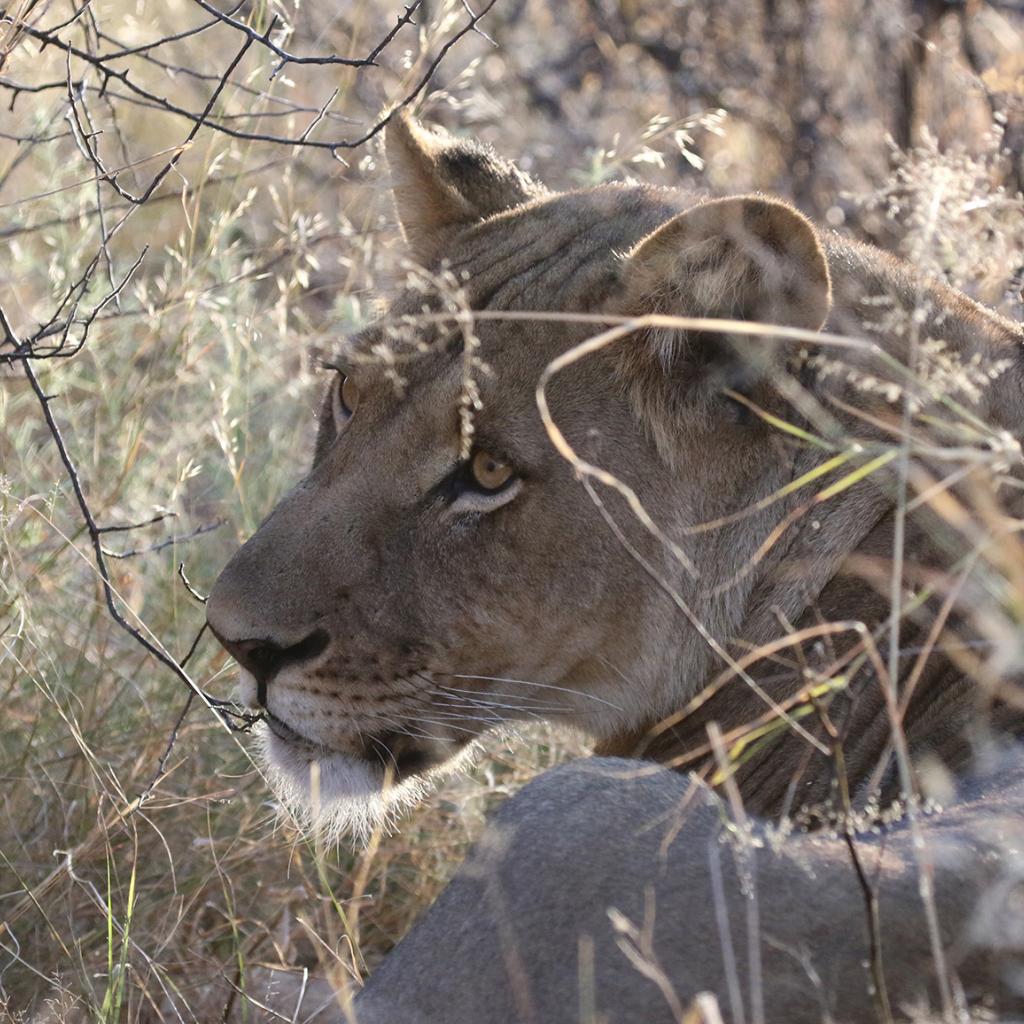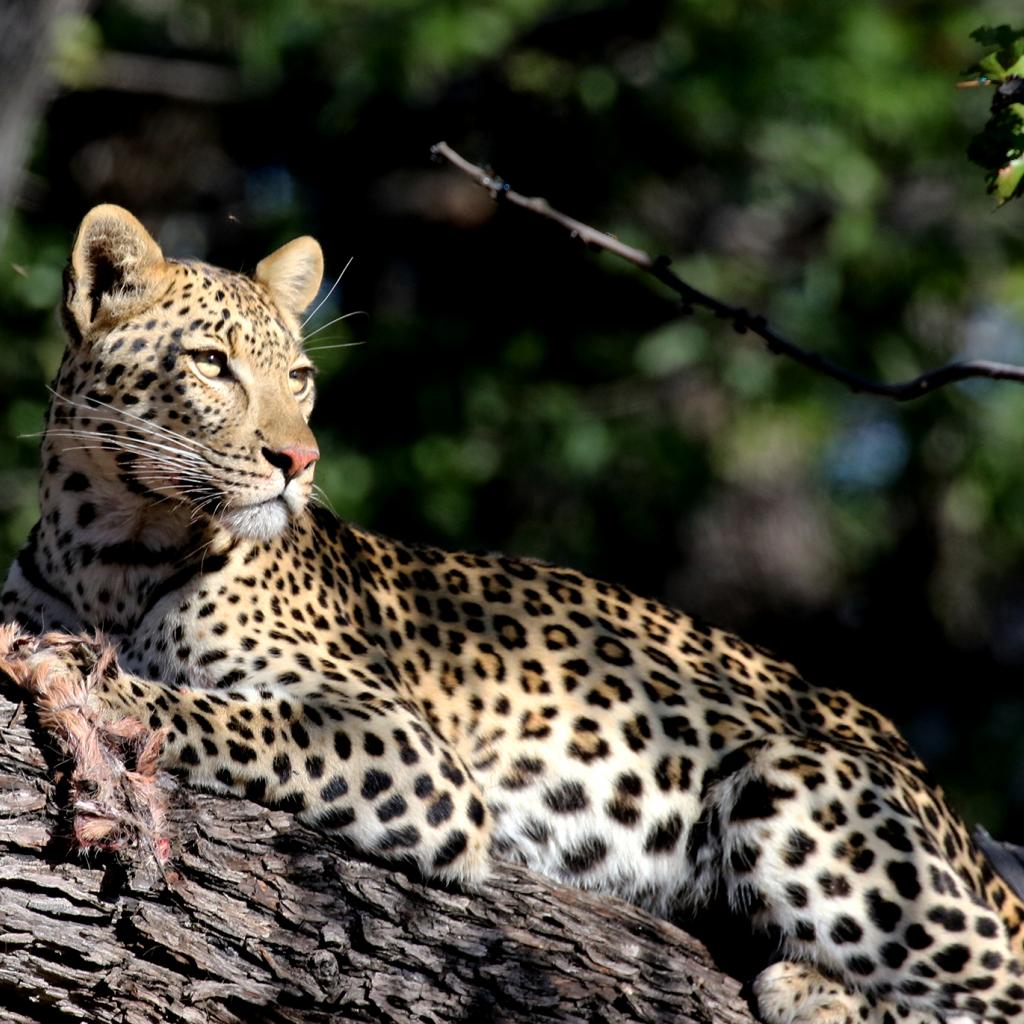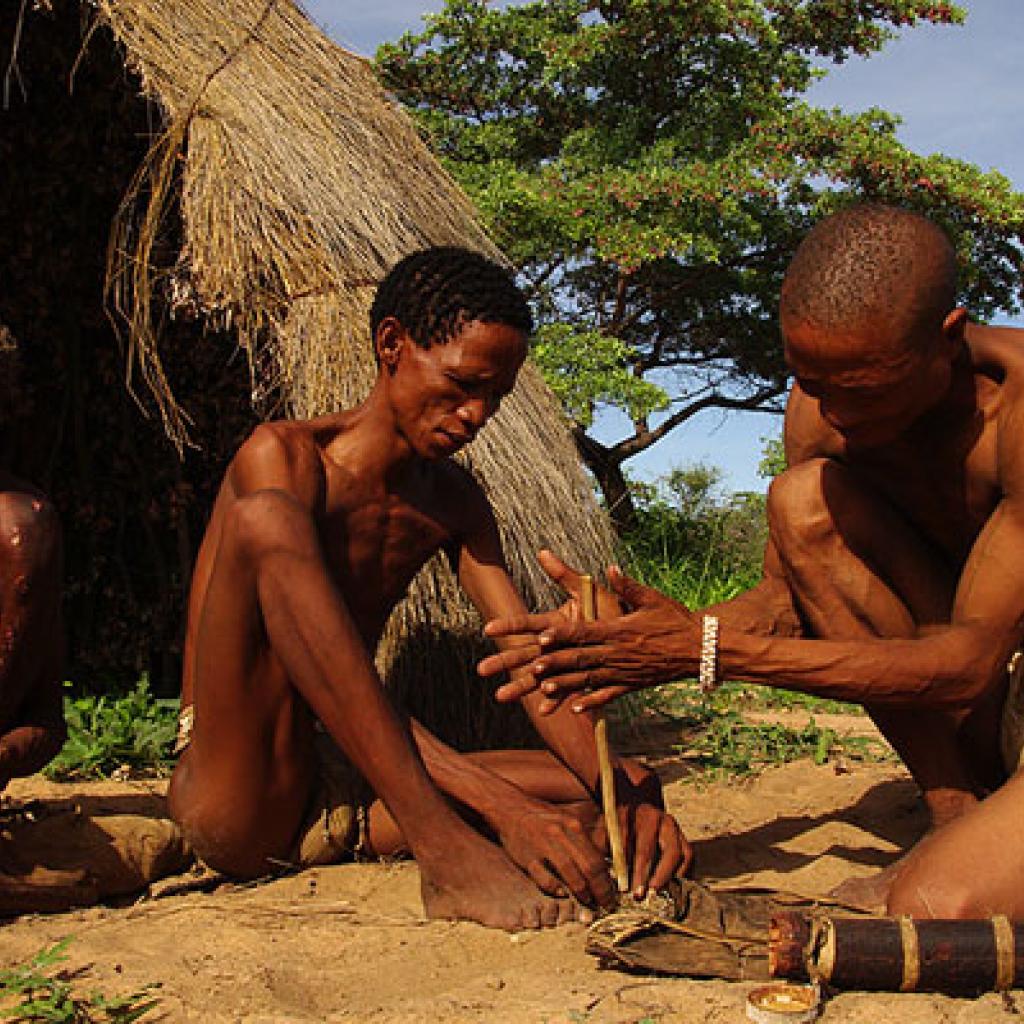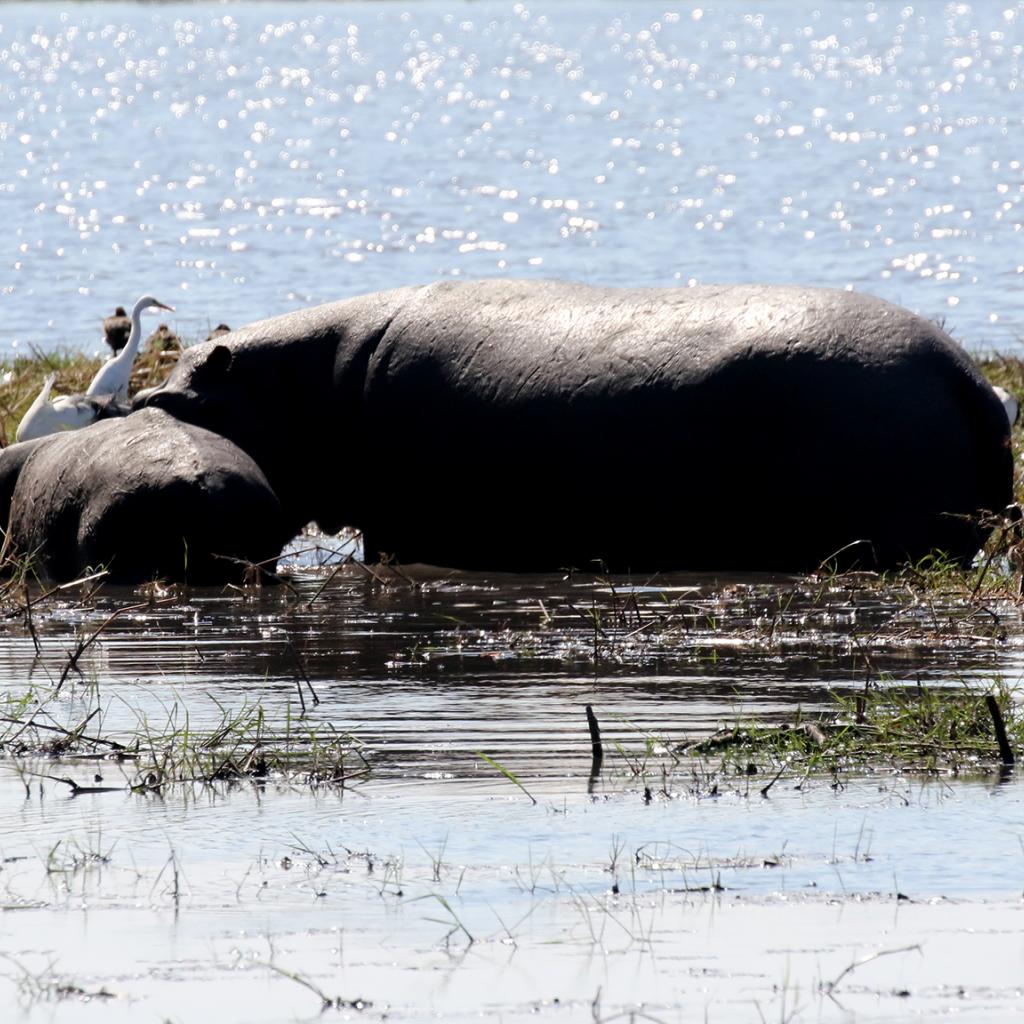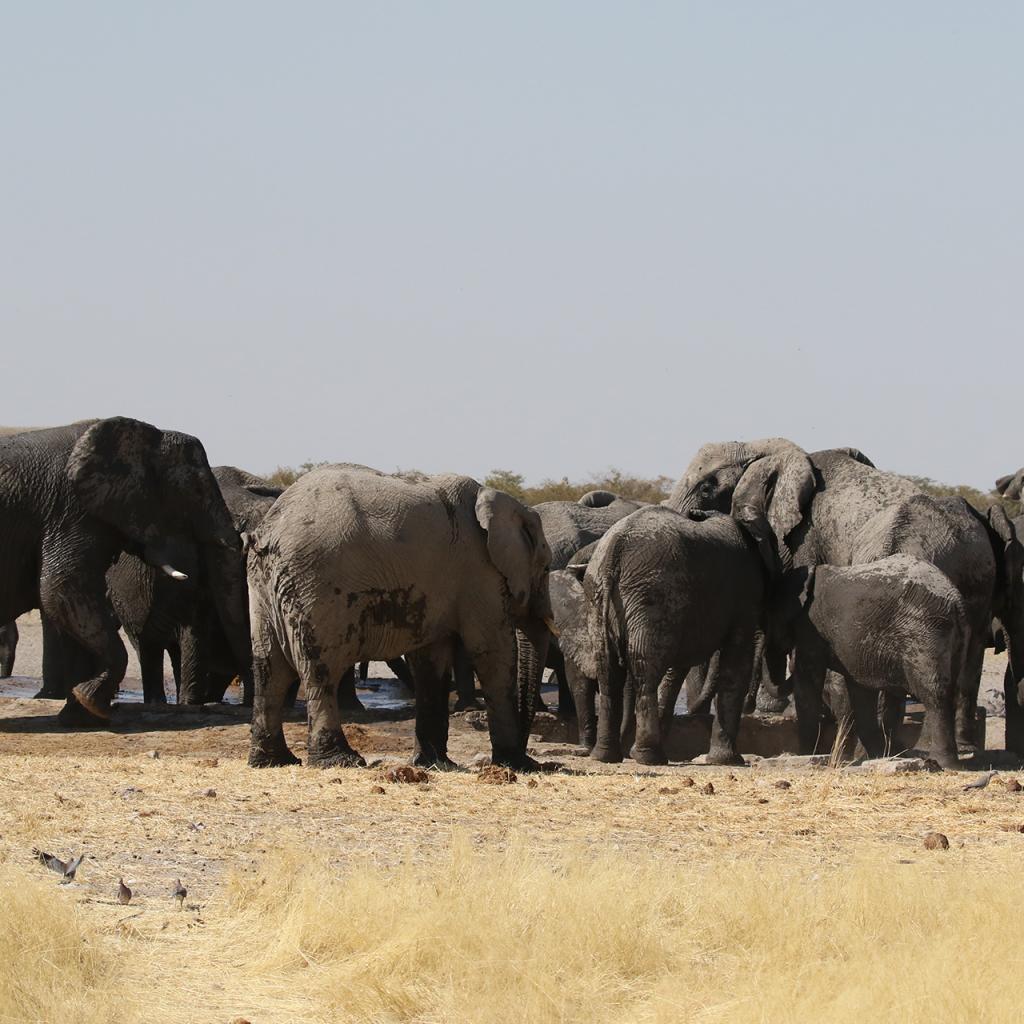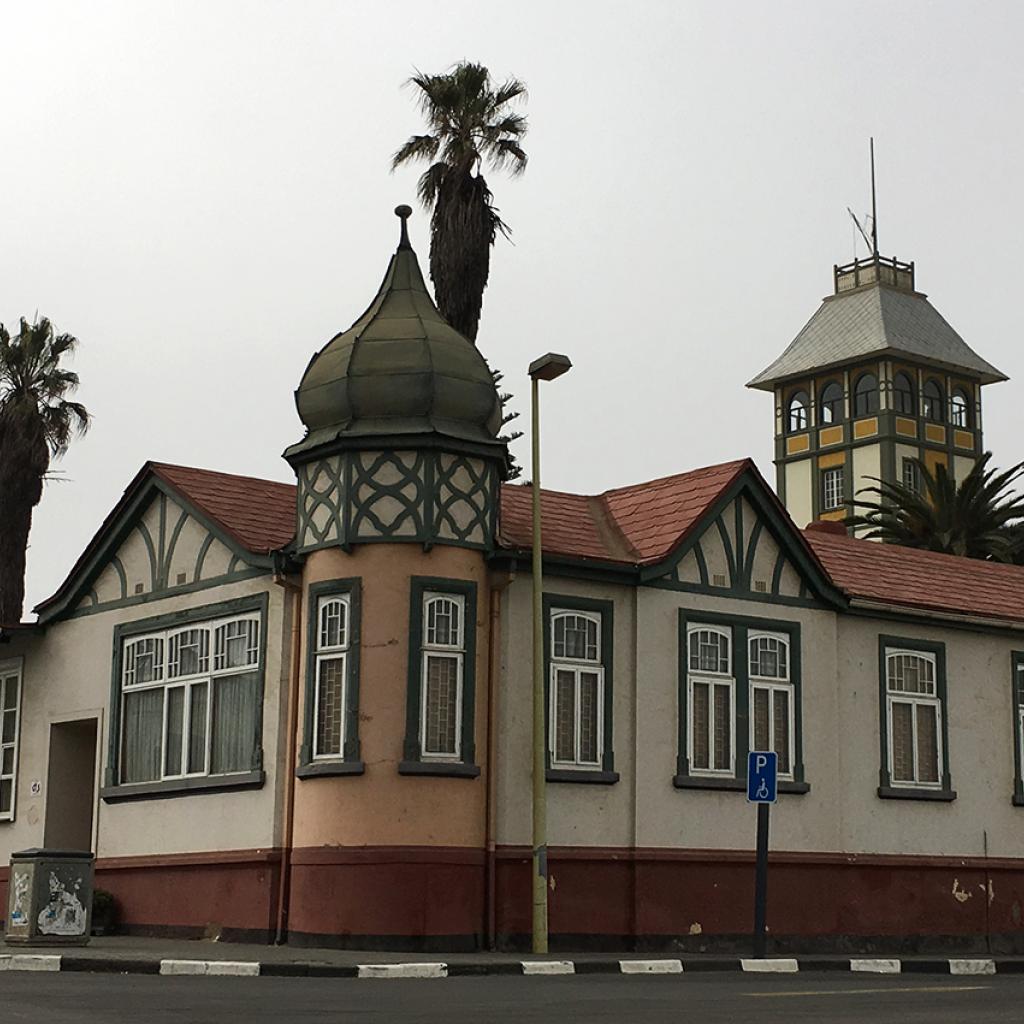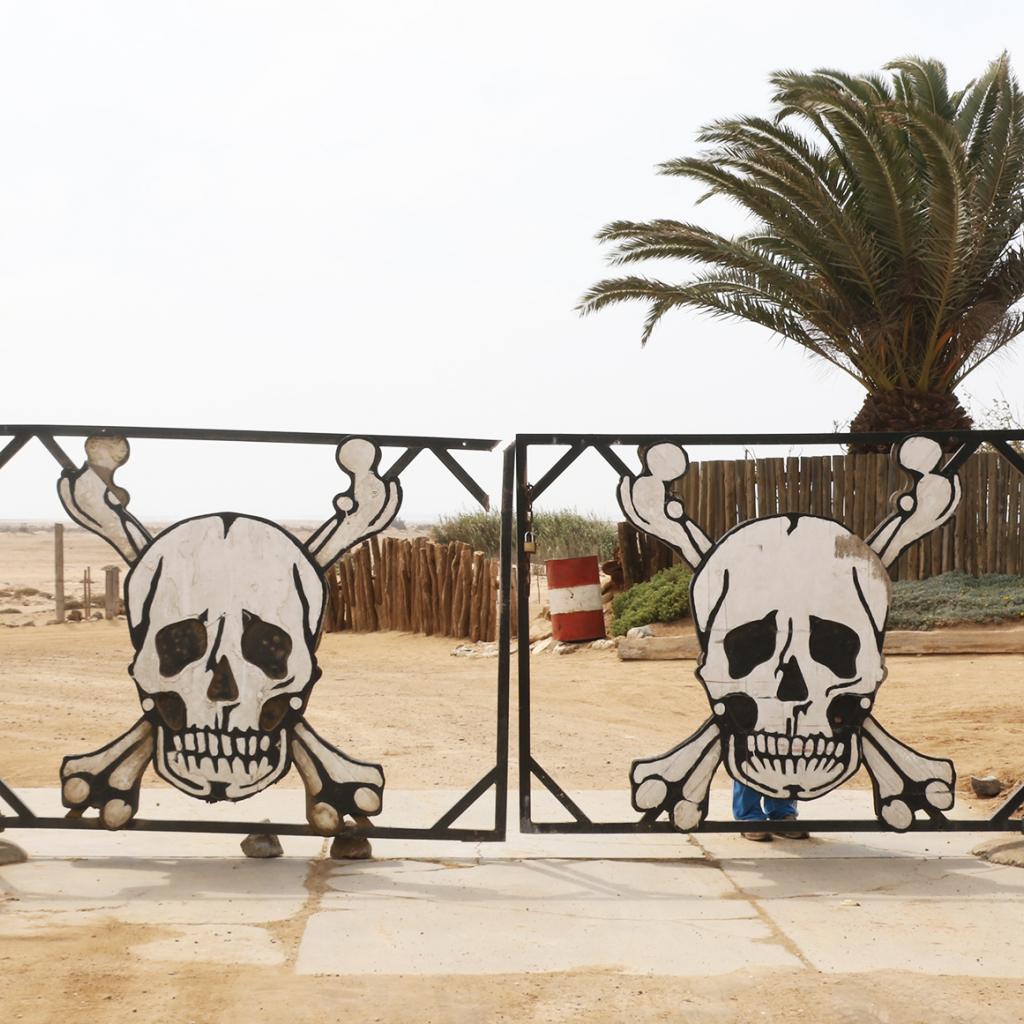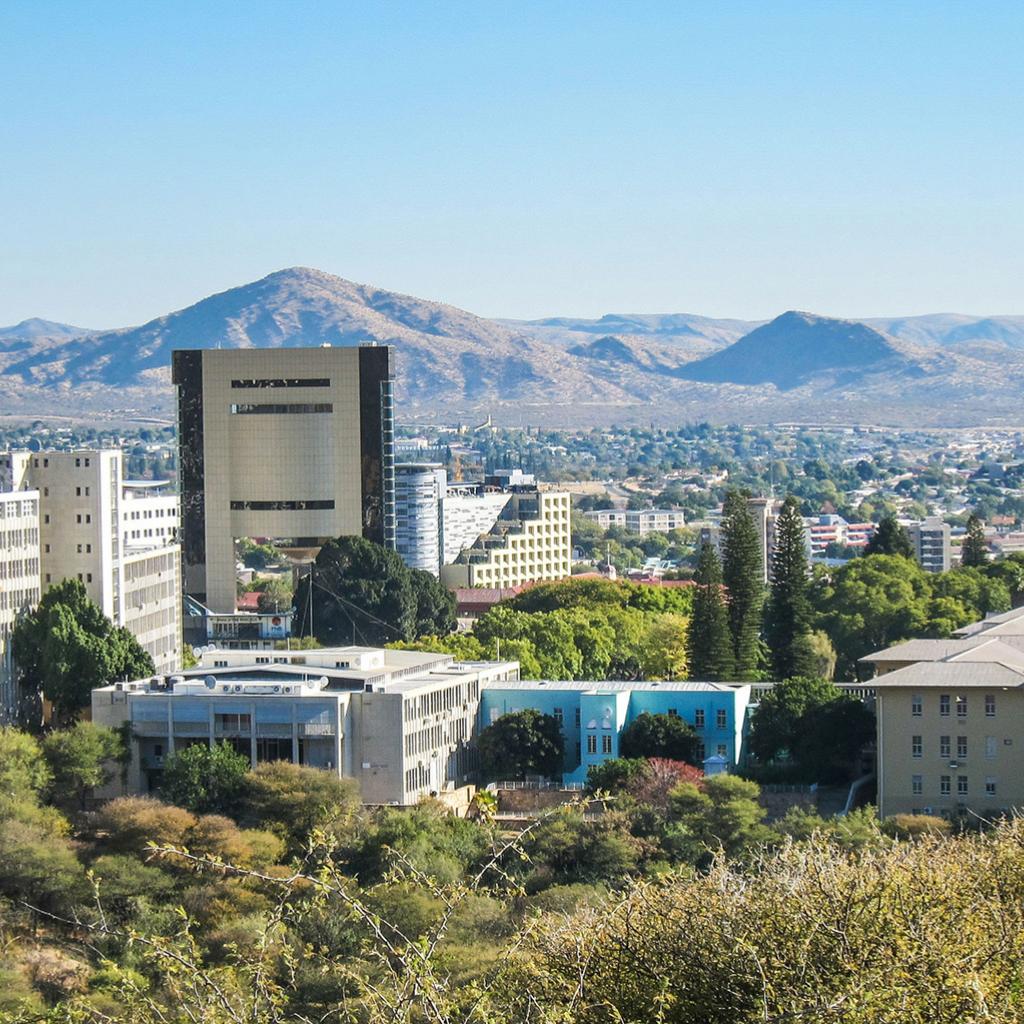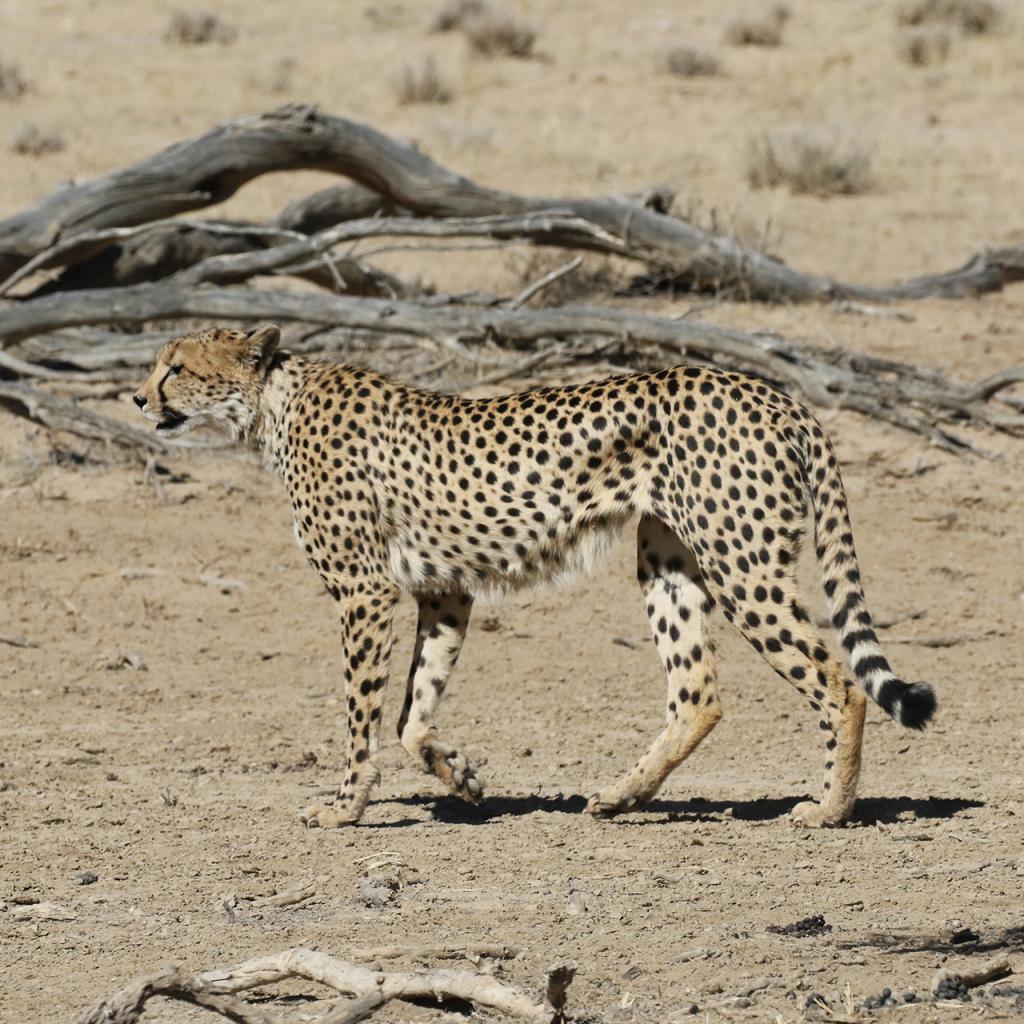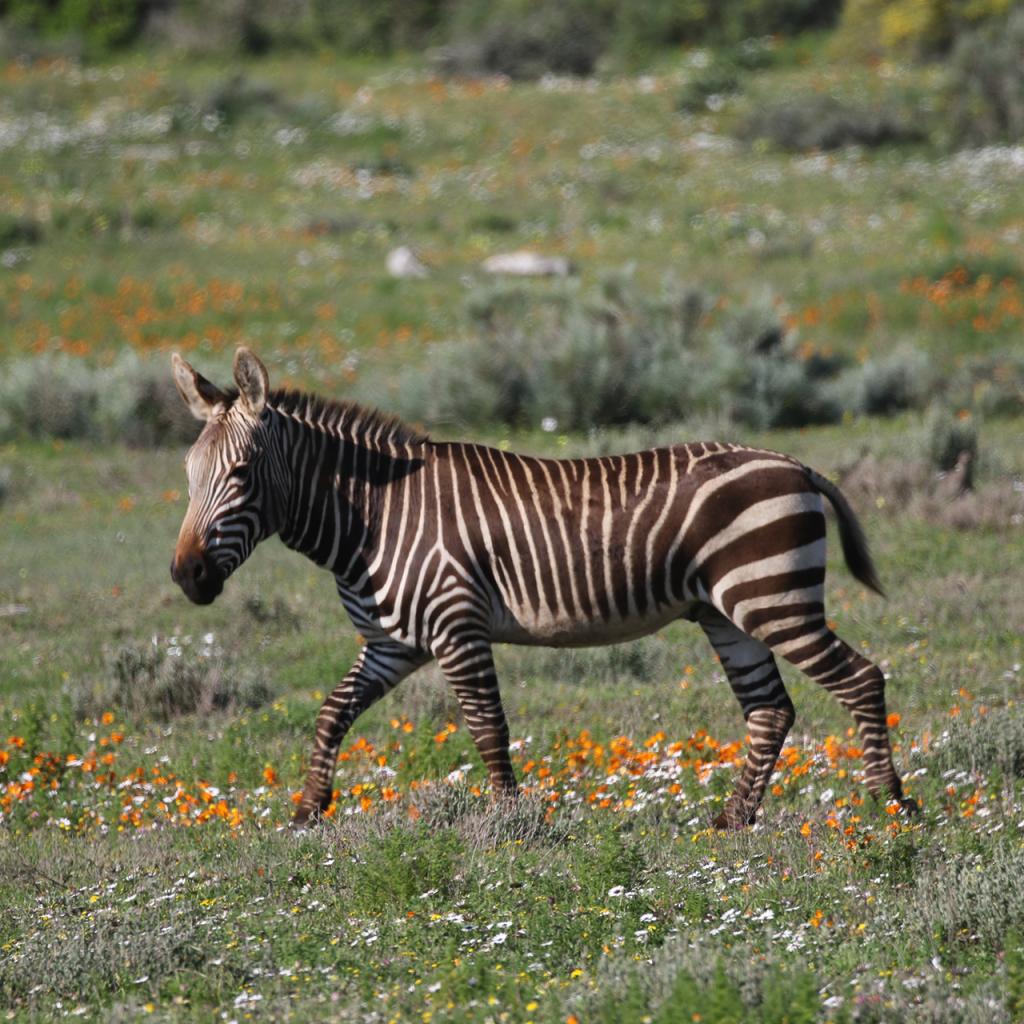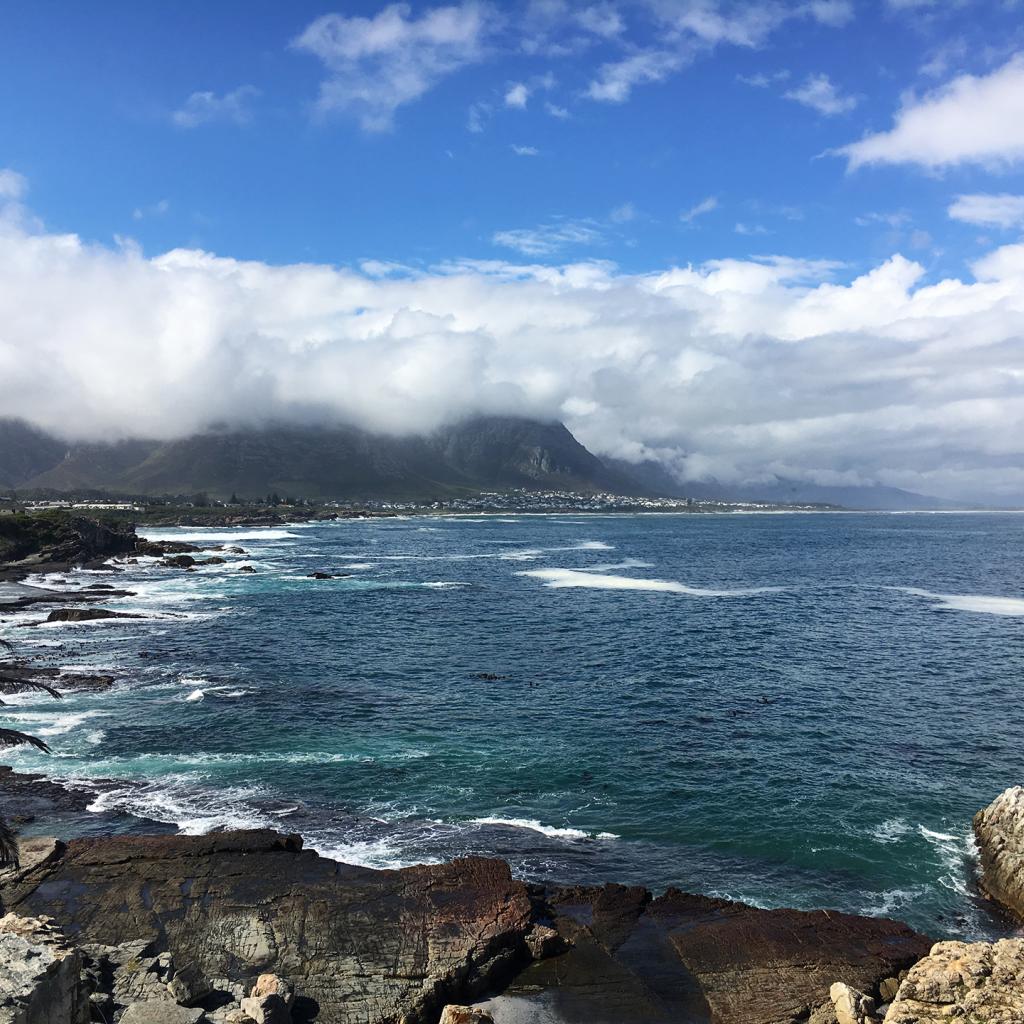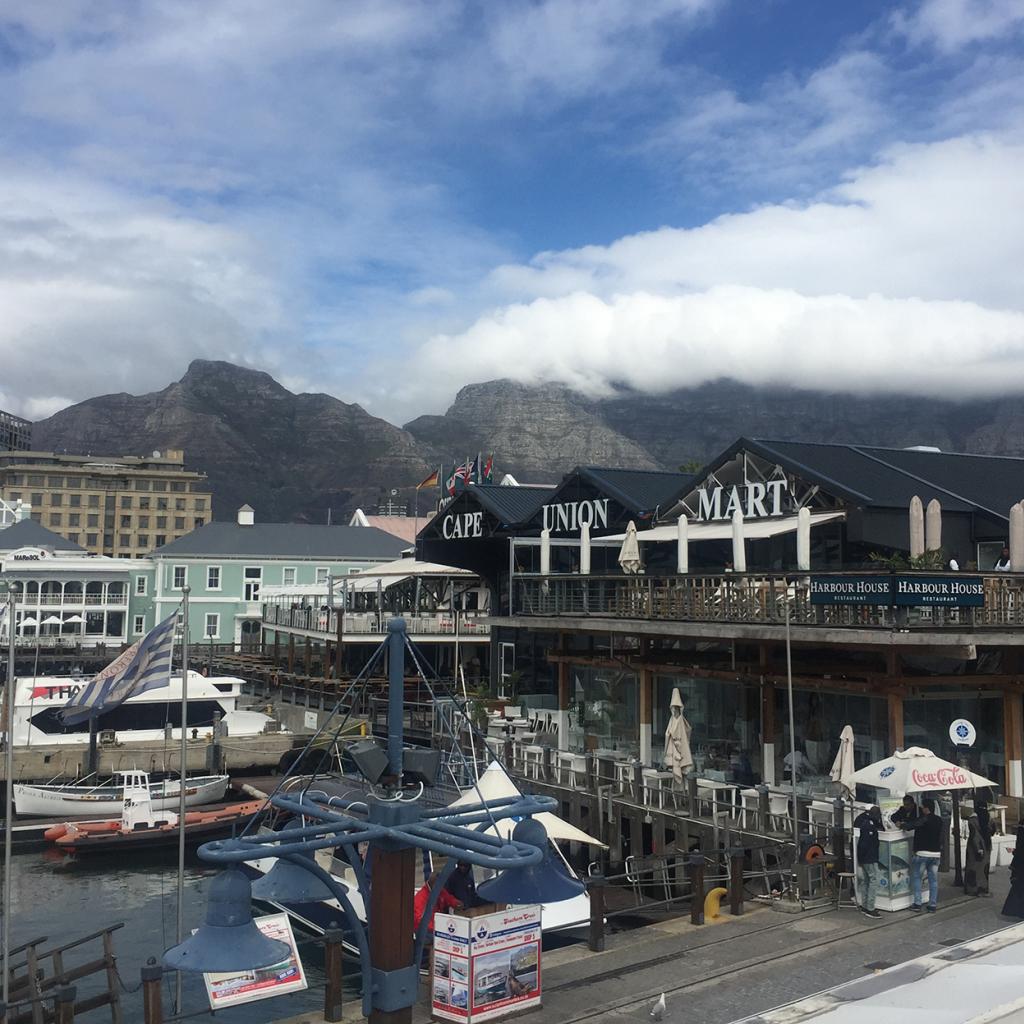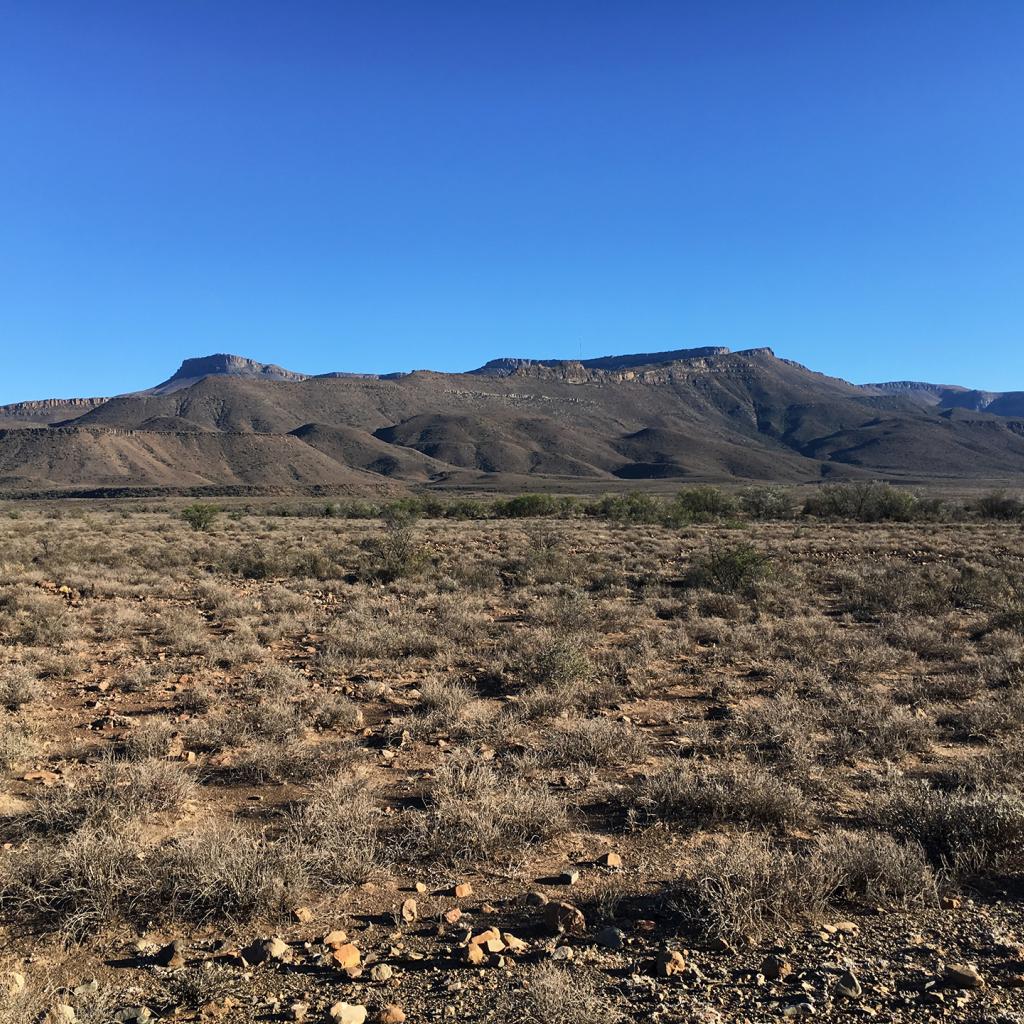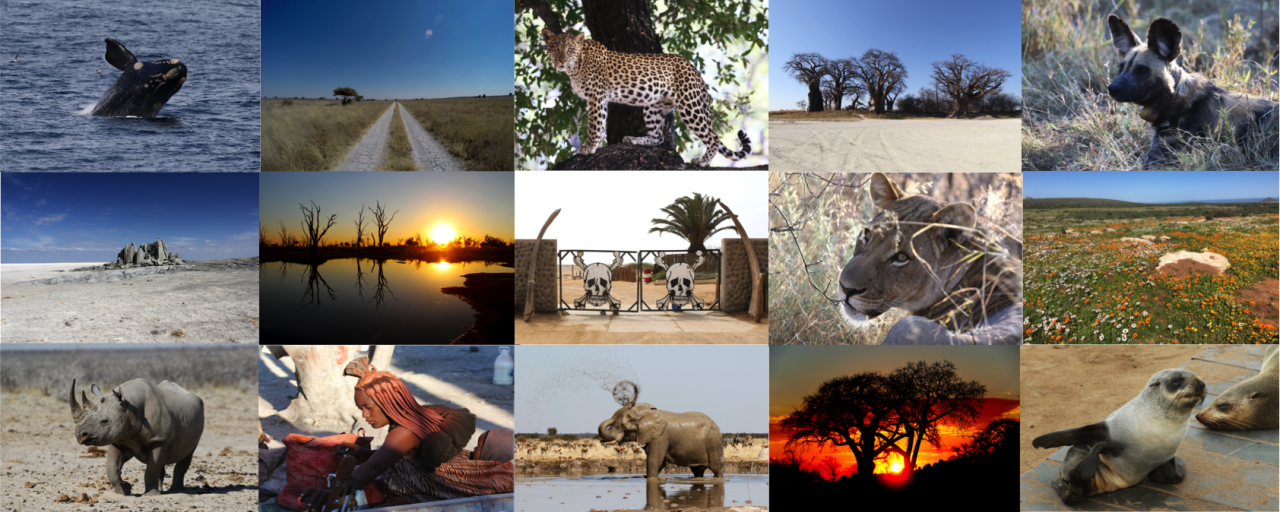
Our expedition - Photo Credits: Romina Facchi
Reportage of the Deserts expedition in Southern Africa
The passion for Africa is hard to describe, it is a feeling that comes from deep inside, and that connects you to that fantastic continent in an indissoluble way.
The "pain of Africa" exists, and you cannot pretend to ignore it, it's like your favourite team is playing and you are suffering for 90 long minutes.
What we want to tell you is a journey through the deserts of Southern Africa, places with endless panoramas, uncontaminated places where life flows unchanged since thousands of years.
The expedition to the Southern Africa deserts has crossed three states: South Africa, Botswana and Namibia; our Toyota Hilux was our home for 5 weeks, we camped inside the parks and reserves, to better capture the magical atmosphere of Africa.
We have covered 10,194 km, more than half of them on dirt roads; some in perfect condition, others with a corrugated bottom, others were sandy that tested our driving skills.
The deserts we crossed are the home of ancient populations such as the San, better known as Bushmen, who still live following ancestral traditions; but also of many species of animals, that have adapted to live in one of the most inhospitable environments in the world.
The trip started from Johannesburg, an African megalopolis full of contrasts, where millions of villas coexist with gigantic shantytowns; just think of Soweto, the township where Nelson Mandela was born, a real city in the city.
The first stop is already in Botswana, the Khama Rhino Sanctuary is a precious place for the preservation of rhinos; these beautiful animals unfortunately are at risk of extinction, because of stupid beliefs and superstitions, spread in Asia, about the power of their horn.
The next stop is Kubu Island, a granitic and spectacular islet, where there are millenary baobabs, rising from the Sua Pan, an immense expanse of sand and salt; the pans in fact are giant salt lakes that, for most of the time, remain without water, turning into an infinite white expanse.
Here driving is both fun and difficult, the tracks are practically deserted and sometimes difficult to spot; often no other vehicles are seen for hours.
The sense of freedom that one feels while trying to drive in this boundless and deserted place is indescribable!
You can feel the salt crust crunching under the tires but you have to pay attention to the killing mud pools, that sometimes hide under an apparent hard surface; they can be present all year round, even during the dry season and getting muddy here means spending hours to free your car.
After Kubu Island another pan awaits us, it is the turn of the Nxai Pan, here the silent Baobabs of Baines are still the reference point for travelers from all over the world, as they were for the first explorers such as Livingstone, Selous and Baines, from whom they take the name.
From here we moved to the West and went to the Central Kalahari Reserve with its sandy tracks, its dunes and endless horizons; this is the ideal place for anyone who wants to test their driving on sand.
Here live the legendary lions of the Kalahari, famous for the black mane, there are also other predators such as hyenas and leopards; and as well some elephants, that have adapted incredibly to a place apparently hostile to them due to the absence of water, finally you can find some species of antelopes and other small mammals.
It is imperative to deflate the tires so as not to silt; furthermore, you must bring all the necessary equipment for the stay inside the park: food, water, gasoline, etc .; especially if you are camping, the best way to experience the reserve is the contact with nature.
Overcome the sands unscathed, we faced another challenge: we went into the network of channels of the Okavango Delta, this "green" parenthesis in our itinerary allows us to observe a different and unique flora and fauna.
This ecosystem is one of the most particular in the world, the Okavango river delta does not "flow" into the ocean, but into a sea of sand in the Kalahari basin; thus turning a desert into a lush garden.
Here, particularly in the Moremi Reserve, the safaris are spectacular and in two days we have seen many animals including lions, leopards, wild dogs, elephants, giraffes and different antelopes.
We found again the sand tracks to reach the Tsodilo Hills, a sacred place for the San, who believe that here began the life of men on earth.
We pass the border with Namibia and we find ourselves in the Mahango National Park, this park is a spectacular place formed by arid savannahs and a narrow strip of lush vegetation, that manages to survive thanks to the passage of the Okavango River, that is also the home of thousands of noisy hippos and several Nile crocodiles.
From here we headed to the Etosha National Park, where our Toyota is still put to the test on long dirt tracks, but it must be admitted that the maintenance of the roads is perfect and driving on the dirt road is a pleasure.
In the Etosha rhinos, elephants, lions, giraffes and thousands of antelopes live walking long distances in search of water, the main pan, an extremely white huge expanse of salt, seems the ideal place to shoot a film on the moon landing, in fact here were turn some scenes of 2001: odyssey in space.
The crust of white salt is dazzling and creates incredible optical effects, it is common to have visions as happened to the first explorers, who were convinced to spot lakes, that then turned out not to exist in reality.
We left behind the Etosha National Park and drove along the Namibian dirt roads to head towards the infamous Skeleton Coast.
Already from its name one can guess that it is not a hospitable place and the various shipwrecks that are stranded on the coast, pushed by strong sea currents, are a warning for those who underestimate the danger of this place.
Here the desert sands meet the ocean and the coast, especially in the morning, it is shrouded in mist, that makes this territory even more mysterious.
Even here, incredibly numerous animals find their home and manage to exploit the few resources that nature offers them.
The road that runs along the Skeleton Coast is a long, smooth tongue formed by sand and compacted salt, it is smoother than any Italian highway but, with the humidity of the morning, it is particularly insidious, because it becomes particularly slippery and braking could be a not really fun experience.
But the landscapes are spectacular: ancient crumbling mountains, sand dunes, brackish lagoons, the waves of the Atlantic Ocean crashing on the coast; impossible not to be fascinated.
Then we touch the cities of Swakopmund and Windhoek, with a clear and evident German colonial past, they are useful stops to buy supplies, to check the car, after a lot of dirt, and then start again to face other dirt tracks and new sands.
Those that await us are the fascinating sands of the Kgalagadi Trasfrontier Park, we are on the border between South Africa and Botswana.
Here there are high dunes of a splendid orange-red color, courses of rivers almost always dry and reliefs, that are nothing more than dunes that have solidified, where now the vegetation grows.
This park is famous for the incredible number of specimens of oryx that inhabit it, the oryx is in fact one of the species of antelopes that is best suited to living in desert areas, it is an extremely elegant animal, because of its livery and the straight and very long horns.
This is also the land of predators, lions and cheetahs are present in good numbers, although it may not be easy to spot them but, as we like to remember, in a safari you never know what nature can reserve, the sighting of an imposing male of a lion could be behind any turn.
Here there is a high concentration of birds of prey: eagles, owls, hawks and kestrels are easy to spot.
The sands of the Kgalagadi Trasfrontier Park cover an area of 38,000 square kilometers, most of them are located in Botswana; we only explore a part of it, but we intend to return soon.
In South Africa, descending towards Cape Town, we cross the Western Cape and we also visit the West Coast National Park, a park that between August and September sees the arid coastal areas turn into a flowery meadow, during these months in fact the greatest rainfall and the fog that forms on the coast make the desert bloom; but the park, located directly on the Atlantic Ocean and the Langebaai lagoon, offers wonderful views all year round.
Here you can see rare animals such as the bontebok and the Cape mountain zebra, as well as other antelopes; the predators are not present, therefore in the park there are trekking routes and mountain bike trails.
After a few days of relaxation in Cape Town we explore the Cape Peninsula and then we move to Hermanus, a small town overlooking the ocean; this is the best place in the world where you can watch the Southern Right whales and the humpback whales directly from the coast.
It is exciting to see these huge mammals swimming in the waters of the bay, sometimes they make leaps out of the water that leave you speechless.
The last leg of the journey is the Karoo National Park, a park that vaguely resembles Arizona, because of the rock formations that rise from the desert plain.
This is the territory of the strongest and most resistant animals, lions and rhinos are present in the park as well as numerous turtles, snakes and scorpions.
Our expedition to the discovery of these arid territories is over, we return to Joburg and park our Toyota Hilux, that will wait for us for a next adventure in this wonderful continent that is Africa.


